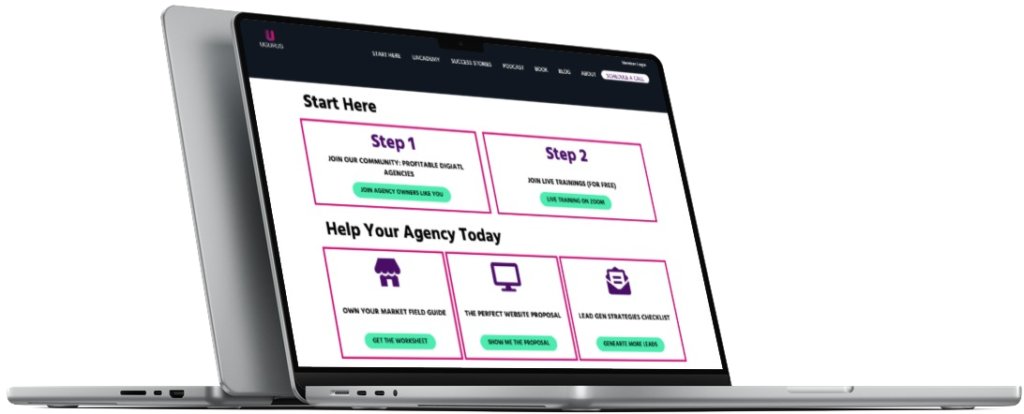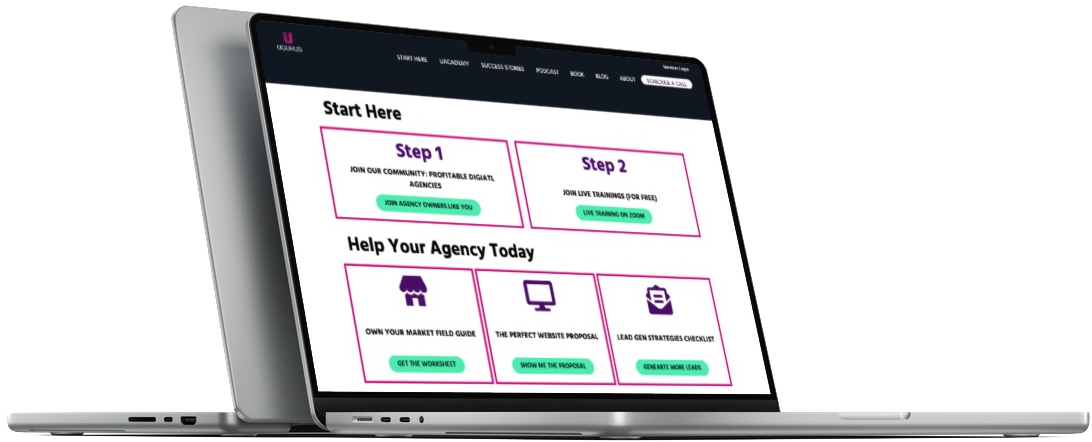Did you know that author, Stephen King, thinks of only one person when he’s writing his bestselling novels? He’s not thinking of all of the various people who will read his books…he’s writing to one, “ideal” reader. The same can be said for how you communicate with your audience—the first A in the 5-A Framework I introduced you to a few blogs back.
Last time, we discussed how important identifying your customer segment is, but simply knowing it isn’t enough—you need to dive deeper and get to know who your ideal customer is. And you do that with a customer avatar.
A customer avatar is really just a composite character that represents one ideal customer. You create it out of traits that your customers have in common. Creating one will help you understand what motivates your customers to buy. And referring to one when you make marketing decisions will help you push through a lot of tricky spots.
When you’re writing, recording, or speaking to communicate about your business and build authority in your market, everything else gets a lot easier when you talk to your customer avatar. People in the audiences I serve at UGURUS often tell me things like:
“That blog post you wrote was exactly what I’m struggling with!”
“I told my husband I think you might be spying on me!”
That last one is no joke. A longtime customer thought I was reading her emails and chat messages because what I was writing was so close to the struggles and pains she endured every day.
Creating a Customer Avatar
Being that “dialed in” is no accident. I try hard to show that I understand my customers’ pains. Much of what I know comes from speaking with customers in the audience I serve—and then creating avatars based on what I hear. To start thinking about your customer avatar, ask yourself these kinds of questions:
- What does your ideal customer’s morning routine look like?
- How does their business interact with their personal relationships?
- What do they think as their head hits the pillow at night?
Then dive deeper into the following categories.
Demographics
Your customer segment will already provide you with a broad range of demographic constraints, like $1 million in revenue, operating in Colorado, etc.
But you need to narrow that down to a single business operating in this market. Since we are creating an avatar or fictional person, you can make up whatever you want. (If you can base this on a real person you’ve served in the market, that makes this exercise relatively easy.)
- What’s their name?
- How much money do they make in a year?
- How many employees or partners do they have?
- Where do they work?
- What does their family life look like?
Those answers could look like this:
- Architect named Jill
- Runs a $2.5 million/year firm
- Three partners plus a team of ten associates and admins
- Downtown Denver office in LoDo; in a historic building
- Married with two children
- 42 years old

Learn more about owning your market in my new book, Get Rich in the Deep End, order here.
As you can imagine, speaking to everyone in your customer segment would force you into broad generalities. You would struggle to talk about the impact you could have on the problems in their lives.
However, by answering these questions, you’ll have “a person” that you can imagine—Jill—with specific problems.
Psychographics
Make no mistake—knowing customer demographics will bring value to your customer avatar. However, the real value lies in psychographics: the attitudes, aspirations, and other psychological criteria that define a person.
Let’s divide psychographics into two buckets: 1) frustrations and fears, and 2) wants and aspirations.
Frustrations and Fears
Your customer avatar has some kind of pain today, and they’re likely trying to move away from it and toward a goal or vision of the future. You want to capture that.
Possible problems:
- I’m not attracting enough leads and customers to my business.
- I don’t have the time or interest to market my business.
Considering these broad problem statements, answer this question: What specific frustrations and fears does your avatar have?
They might look like this:
- I’m afraid we’re going to miss payroll again because we don’t have any leads coming in.
- My partners hate doing business development, and it’s driving me crazy.
- I’m sick and tired of staying at the office late and missing out on my time with family.
- I don’t have the time to invest in marketing my business.
As you can see, I took broad market problems and applied them to an individual. You can do the same, and you should. Writing about general audience problems is better than doing nothing, but writing to an avatar’s frustrations and fears will make your content come to life.
Wants & Aspirations
You can also look at your avatar’s problems and “flip” them to positive statements:
- I want to get back to growing my business and having fun again.
- I wish I had a steady stream of new prospective clients to meet with.
- I wish the world could see and learn about the great work our firm is doing.
- I want to leave the office by 5 p.m. every day.
- I want to sell my firm within the next ten years and travel the world with my husband, maybe even write a book.
You may notice in this list of wants and aspirations how little I wrote about the solutions a digital agency might provide. That’s because building a customer avatar isn’t about your ideal customer’s thoughts on your services. It’s about creating a real-life character, and no one in real life wants a website—or Facebook campaign—they want something else much deeper and personal. Zeroing in on your customer avatar is going to help you tap into that personal element—which will help your material take on a life of its own.
Purchasing Drivers
The final part of creating your customer avatar will involve thinking about why they buy. Purchasing drivers are a form of psychographics, but you should focus on them specifically to make sure you consider why your customer will make an investment in your services.
For the avatar I’ve been working on in this chapter, those reasons could look like this:
- I want to invest in growing my architecture firm.
- I’m tired of seeing my competition growing their firms and leaving me in the dust.
- I need someone to do the marketing for us.
- I can’t afford a large upfront investment but could probably handle a marketing retainer.
We now have a good picture of why our avatar might want to buy digital marketing services.
Putting It All Together
Now you’ve thought about demographics, psychographics, and purchasing drivers. Next, edit your lists to pull out the best elements of your work so far. Also, consider adding a photo to help you visualize your character even better (and give it one more personal touch).
For example—
How cool is that? You’ve gone from selling to architects to selling to Jill!
Now it’s your turn. Who is your ideal customer? Go through each of these steps, and I bet you come up with a person—instead of an impersonal, anonymous group—you can think of as you prepare to communicate with your audience. Then, watch engagement—and leads—increase.
In my next blog, I want to talk about one more important Audience topic—Rejection. It’s not fun, but it’s truly a great thing. And we’ll see how my client, Heather, handled rejection herself. Until then, let me know if I can help you identify your audience and work through the other 4 A’s in a free strategy session. You can apply for the session here.
GET YOUR FREE AGENCY ACCELERATOR PACKAGE







